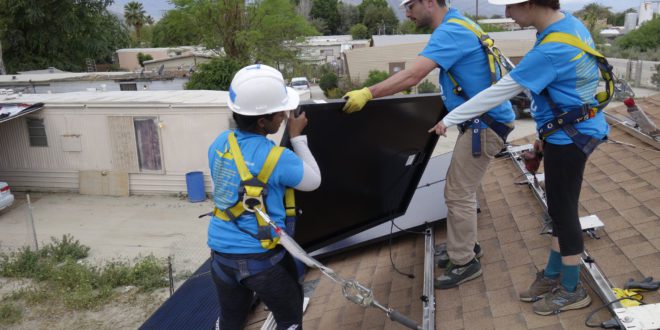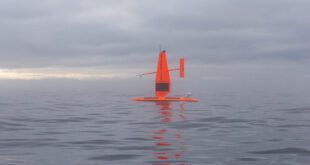‘Solar Spring Break’ Helps College Students Provide Clean Power To Low-Income Families, Connect With Solar Industry Careers
GRID Alternatives hosts 18 teams across U.S. in national alternative break program
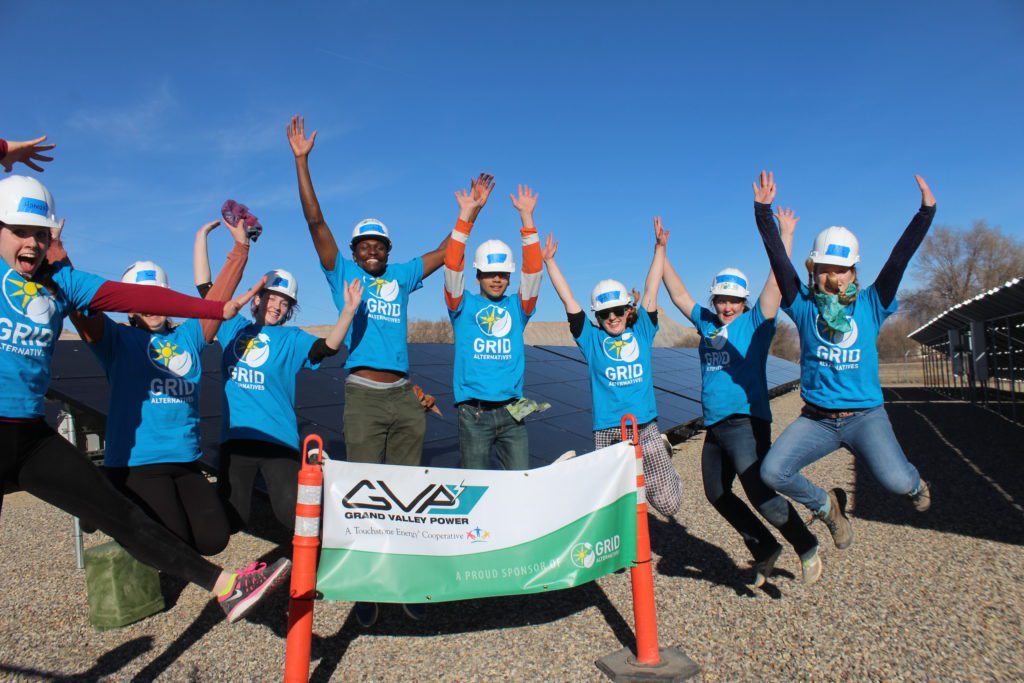
OAKLAND, CA; February 26, 2018 – Nearly 200 college students from 19 schools across the country will spend their school break installing no-cost solar for low-income families, gaining hands-on workforce training, and connecting with solar industry careers through GRID Alternatives’ Solar Spring Break program.
GRID Alternatives, a national leader in making clean, affordable solar power and solar jobs accessible to disadvantaged communities, will lead teams of students in solar installations across California, Colorado and New Mexico from February 26th through May 25th. Now in its fifth year, the alternative break program is an immersive, service-learning opportunity for students to learn about the energy and environmental issues facing low-income and tribal communities.
Teams of 10-12 students will travel to different project sites around the country and spend the week on a combination of solar installations, neighborhood outreach, renewable energy educational activities and recreation.
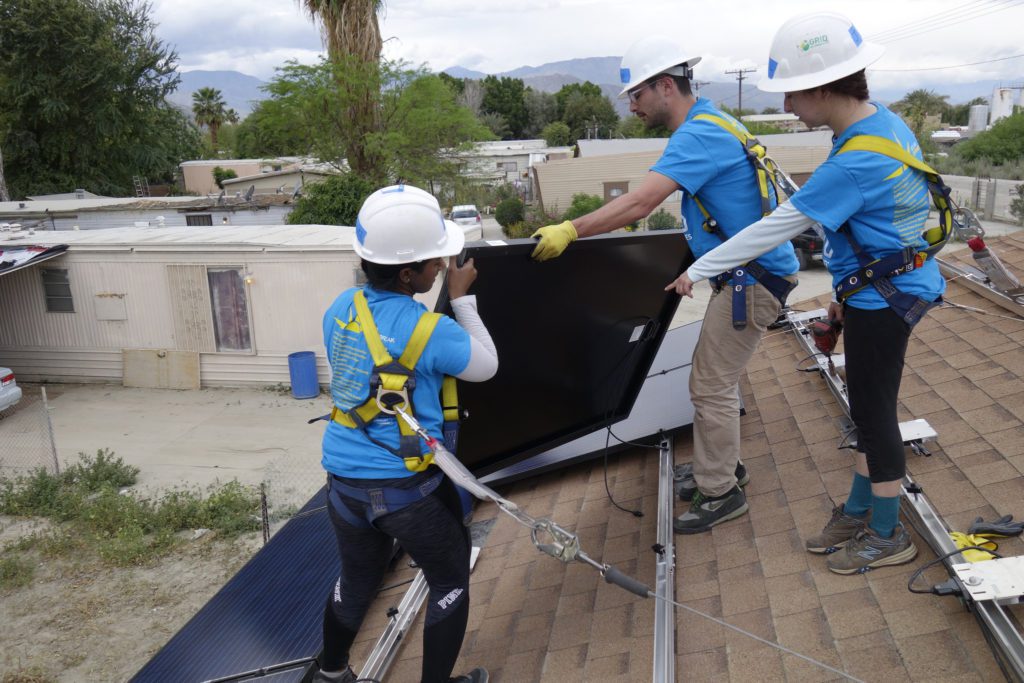
“Solar Spring Break gives students who are passionate about renewable energy the chance to see solar technology in action building more resilient communities,” said GRID Alternatives CEO and co-founder Erica Mackie, “We’re helping shape the climate leadership oftomorrow.”
Solar Spring Break has grown from six schools and teams in 2014 to 19 schools represented through 18 teams in 2018. This year’s program includes teams from Arizona State University, Coastal Carolina University, Duke University, Fort Lewis College, Illinois State University, Massachusetts Institute of Technology, Michigan State University, North Carolina State University, Northeastern University, University of California – Berkeley (two teams), University of Michigan (two teams), University of North Carolina – Chapel Hill, UNC-CH Presbyterian Campus Ministry, and Villanova University. It also includes an Intercollegiate Team with students from colleges and universities in five different states, and a team from Washington Vet Corps, an AmeriCorps program that helps veterans and their families in Washington State transition from military to civilian life through higher education and training.
“Solar Spring Break gave me the opportunity to step out of my comfort zone and work with others for a common cause,” said Chad Kibbe, an undergraduate at North Carolina State University who participated in 2017. “It gave me a new perspective on low income communities and non profit companies. Solar Spring Break has been the best spring break I have ever had.”
Students who complete the program will also have access to educational resources, advocacy networks and solar industry job openings through the Solar Energy Industries Association, which is partnering with GRID Alternatives for the second time this year to help make career connections for students wanting to continue in renewable energy.
Solar Spring Break effort is sponsored by the Wells Fargo Foundation, which has underwritten the program’s expansion with a focus on schools serving diverse populations.
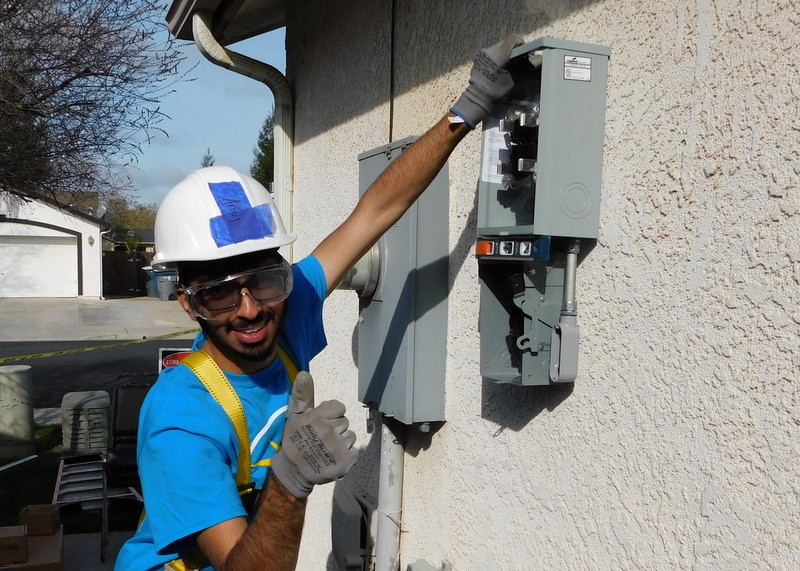
 Alternative Energy HQ solar power for homes, wind energy, and bio fuel issues
Alternative Energy HQ solar power for homes, wind energy, and bio fuel issues
